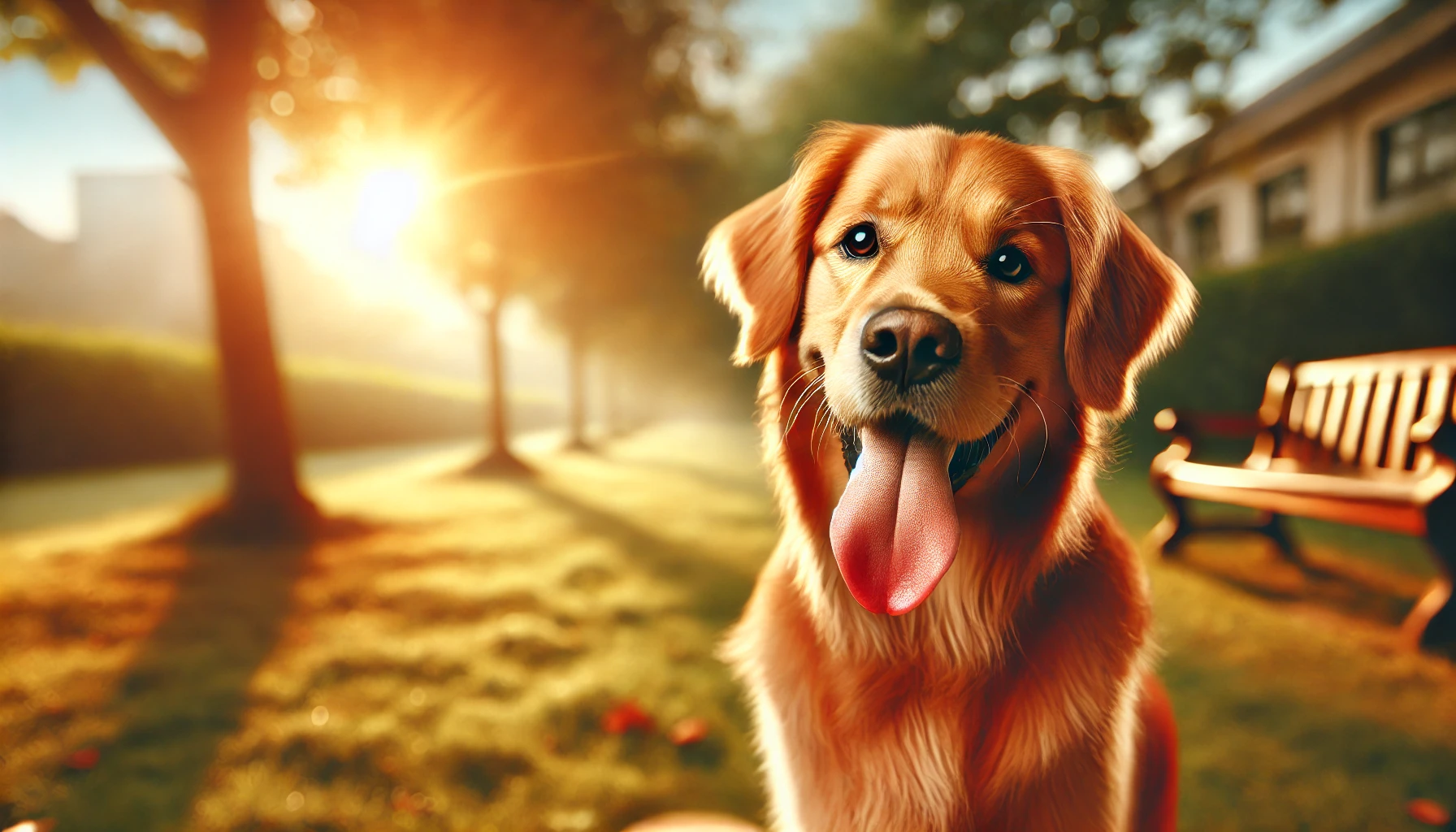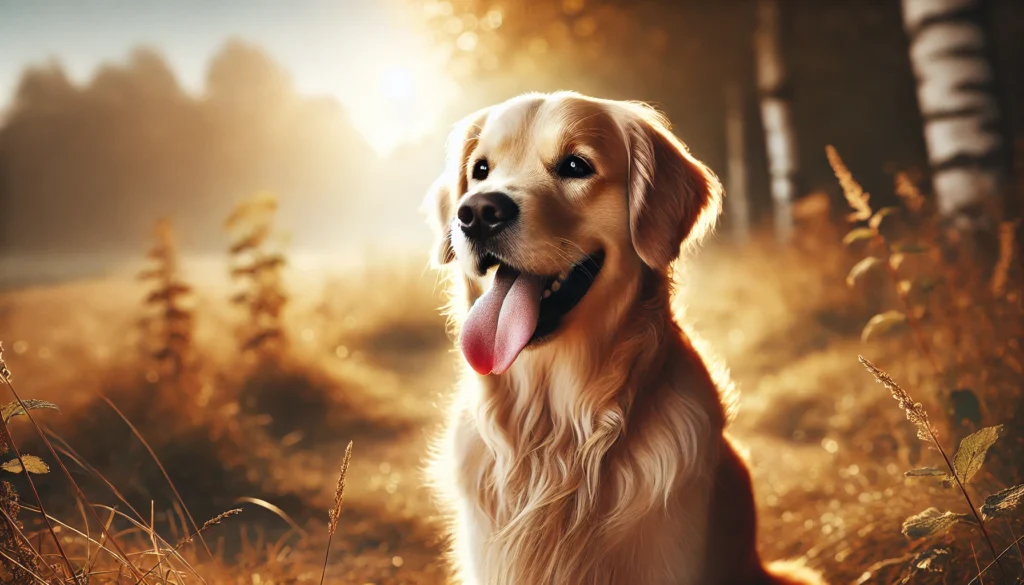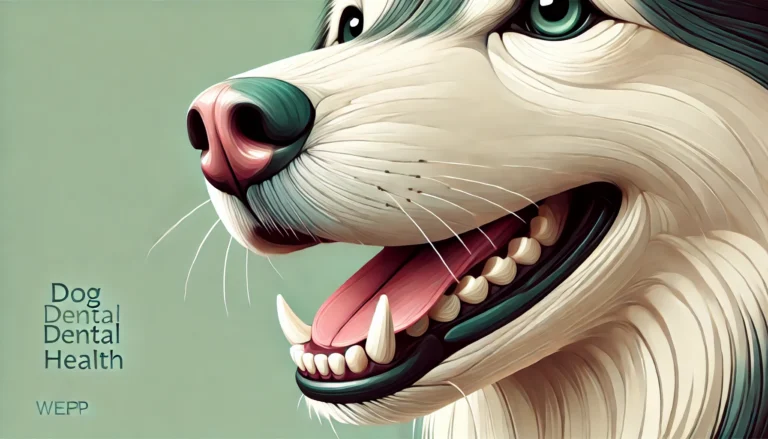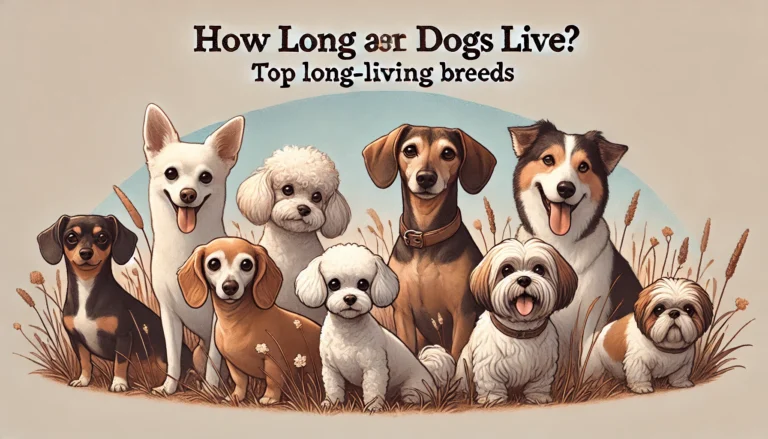Why Do Dogs Pant? What To Know About Dogs and Panting

Introduction TO Why Do Dogs Pant
Dogs Pant are known for their unique behaviors, and one of the most common and noticeable is panting. While it may seem like a simple act of breathing heavily, panting serves several important functions for dogs. Understanding why dogs pant can help you better care for your furry friend and ensure their well-being.
What is Panting:
Panting is the rapid shallow breathing that dogs exhibit, characterized by quick breaths with their mouths open. It’s a natural cooling mechanism for dogs, especially when they’re overheated or exerting themselves physically.
Reasons Why Dogs Pant?
Heat Regulation Dogs Pant don’t sweat like humans do; instead, they regulate their body temperature primarily through panting. When a dog’s body temperature rises, whether due to hot weather, exercise, or stress, panting helps them release excess heat. This is why dogs pant heavily in the car or during hot days.
Physical Exertion During exercise or intense physical activity, dogs pant to increase their oxygen intake. Panting helps them take in more oxygen-rich air quickly, supporting their muscles and organs during exertion. This is essential for working dogs and breeds like the Golden Retriever, known for heavy panting.
Stress and Anxiety Panting can also be a response to stress or anxiety in dogs. When faced with fearful situations, loud noises, or unfamiliar environments, dogs may pant as a way to cope with their heightened emotions. It’s important to understand why your dog pants when scared or anxious and how to calm a panting dog in such situations.
Medical Conditions In some cases, excessive panting could indicate an underlying medical issue. Conditions such as heatstroke, heart problems, respiratory diseases, or pain may cause abnormal panting. If your dog is panting excessively without an apparent cause, it’s essential to consult your veterinarian for a thorough examination. This includes situations where a dog pants for no reason or pants while sleeping.

Normal vs. Abnormal Panting
Normal Panting Normal panting is characterized by short bursts of rapid breathing after physical activity or in warm temperatures. It helps regulate body temperature and usually subsides once the dog cools down or relaxes. Dogs may also pant when happy or excited, like when they’re greeted or petted.
Abnormal Panting Abnormal panting includes persistent, heavy panting in cool environments or panting accompanied by other symptoms like lethargy, vomiting, or difficulty breathing. These signs could indicate a medical emergency, and prompt veterinary attention is necessary if your dog pants excessively at night or while lying down.
Provide Water and Cool Environments
- Provide Water: Always ensure your dog has access to fresh water, especially during hot weather or after exercise. This helps prevent dehydration and excessive panting.
- Cooling Techniques: Use fans, shade, or cool water baths to help lower your dog’s body temperature during hot days. This can help if your dog pants excessively in the heat or while resting.
do you know
Changes in Behavior: How pain and discomfort from cancer can alter a dog’s behavior, including increased aggression or withdrawal.
Manage Stress and Anxiety
- Create a Calm Environment: Reduce stress triggers like loud noises or unfamiliar environments to minimize stress-induced panting in dogs.
Recognizing and Addressing Medical Issues
- Consult Your Veterinarian: If your dog pants excessively for no apparent reason or shows signs of distress along with panting, seek veterinary advice promptly to rule out underlying health conditions.
Conclusion
Understanding why dogs pant is key to being a responsible pet owner. It’s a natural behavior that serves essential functions in regulating their body temperature, managing stress, and supporting physical exertion. By observing your dog’s panting patterns and responding accordingly, you can help ensure their comfort and well-being in various situations, including why a dog might be panting excessively at night.
When a dog is panting, what does it mean?
Panting in dogs is usually a natural response to regulate body temperature, especially when they’re hot or after physical exertion. It can also indicate stress or anxiety.
What does it mean when a dog is panting with its mouth open?
Panting with an open mouth helps dogs cool down faster by allowing more air circulation over their tongue and throat. It’s a normal cooling mechanism.
Do dogs pant because they are happy?
Yes, dogs can pant when they are excited or happy, often when they’re playing or greeting their owners.
Should I be worried if my dog is shaking and panting?
Shaking combined with panting could indicate stress, fear, pain, or an underlying medical condition. If persistent or severe, it’s best to consult a veterinarian.
How to stop dog stress panting?
Create a calm environment, avoid stress triggers, provide comfort and reassurance, and consider behavioral training or calming techniques like massage or music.
How to check if a dog has a fever?
Use a rectal thermometer for an accurate reading. A dog’s normal temperature is around 101 to 102.5 degrees Fahrenheit (38.3 to 39.2 degrees Celsius).
How to cure dog fever at home?
Keep your dog hydrated, provide a comfortable and cool environment, and consult your veterinarian for appropriate medications or treatments.
How do I know if my dog is unwell?
Signs of illness in dogs include lethargy, loss of appetite, vomiting, diarrhea, coughing, sneezing, changes in behavior, and abnormal panting or shaking.






